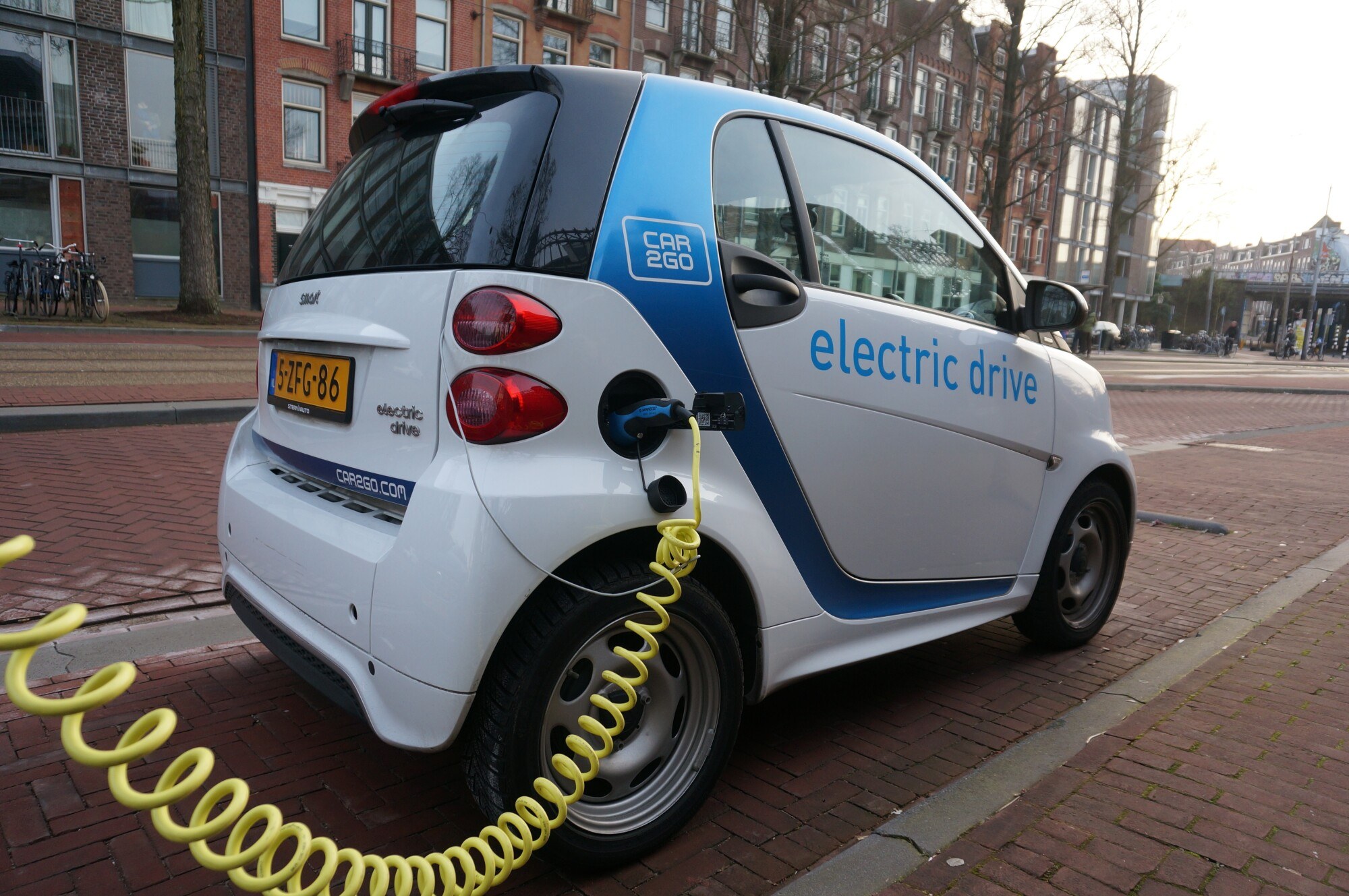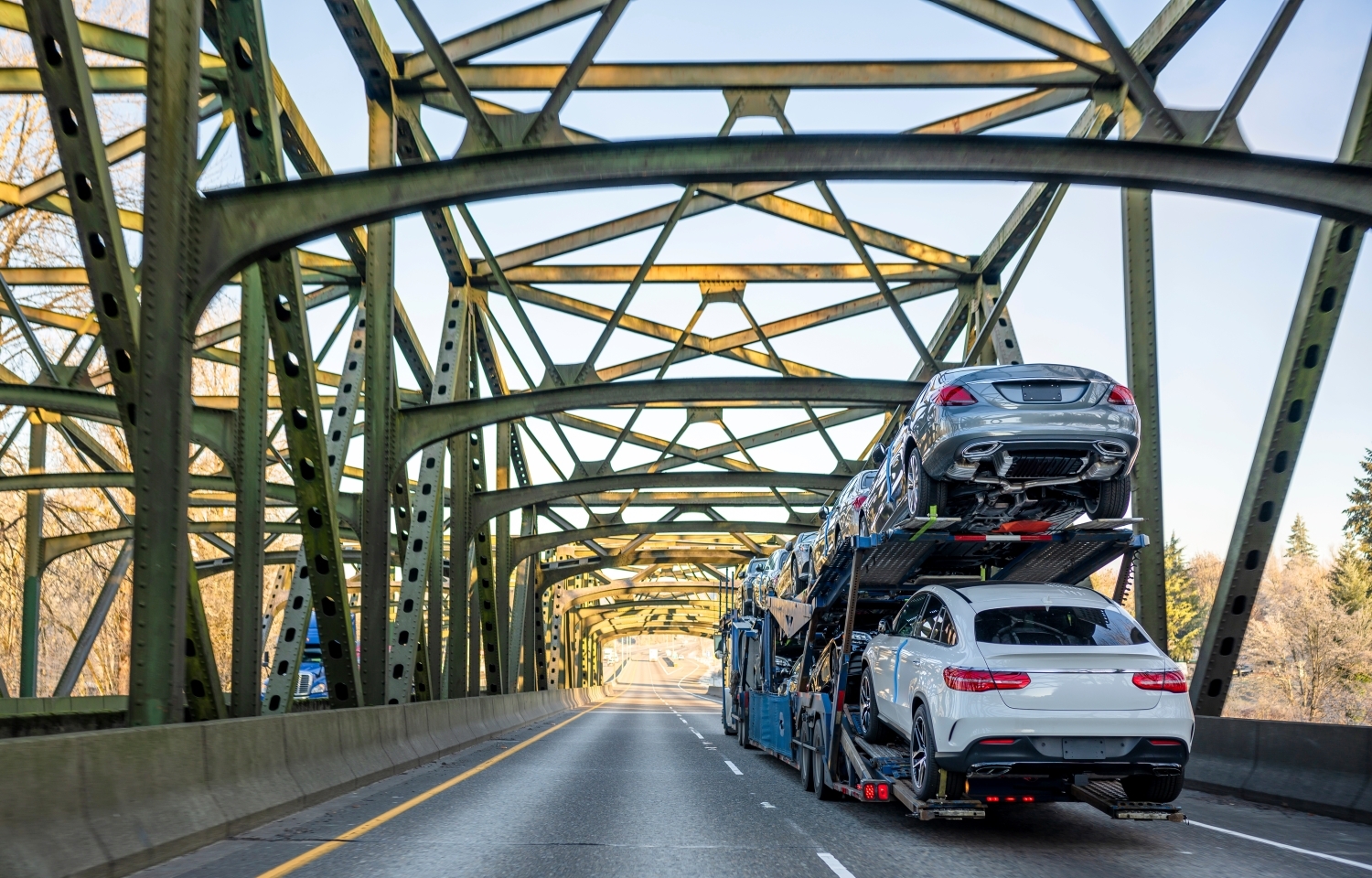It's been a complicated year for Tesla CEO Elon Musk thus far. His seemingly lockstep partnership with the Donald Trump administration is no more. It's devolved into one heck of a tabloid war. The company's stock has taken a sharp dive due to flagging consumer demand and divided public opinion. And now, the company's long-awaited entry into the robotaxi market has arrived, leaving more questions than answers.
Now in stiff competition with a budding Waymo/Uber partnership and Amazon's Zoox service, Tesla’s robotaxi revolution is being met with equal parts optimism and shaking heads. Can Musk utilize the company's massive imprint and technological cache to leap ahead of the current industry leaders? Or, will Tesla be stuck in the mud searching for another way to right the ship heading into 2026?
Who Do You Believe About Tesla's Robotaxi Launch?
As it often does with Tesla, the company’s Austin robotaxi launch sparked more controversy than anything else. On Sunday, June 22nd, Tesla launched its new driverless taxi service in select areas of the Texas city.
With the company's stock down 50% from its peak, Musk spared no expense in his attempt to corner the robotaxi marketplace. If the launch had gone as planned, it could have softened the blow of a 20% drop in Q2 electric vehicle deliveries. Investors are aware of Tesla's efforts to dominate markets worldwide, and a viable driverless taxi alternative could be enough to revive the company's standing on Wall Street.
However, the first day of the Tesla robotaxi revolution wasn't quite the blockbuster unveiling Musk wanted it to be.
On the plus side, Tesla used its considerable marketing reach to generate massive buzz for the Sunday start. They approached the rollout with caution, employing onboard safety managers and chase cars to ensure customers got the seamless rides they were expecting.
It was enough of a display to pump up shares a bit and get the normal Tesla truthers thinking big.
“Bulls will point to (the launch) as the start of a new era for Tesla,” Barclays analyst Dan Levy says. “They see the tech working well with a clear path of scaling, and point to Tesla now generating revenue on driverless rides as a critical milestone.”
However, Levy went on to say that investors should exercise “caution against overoptimism" with Tesla's taxis. Tesla has the budget and the reach to scale at an exponential rate, provided the technology can keep up. The tech didn't quite hold up on day one.
According to tech entrepreneur Dan O'Dowd's Dawn Project, Tesla's “supervised robotaxi launch was a pathetic flop," complete with glitches and errors.
“It then drove on the wrong side of the road, failed to correct itself despite there being two open lanes for it to move into, and continued to drive down the wrong side of the road,” the report added.
Such egregious malfunctions would be a matter of life or death in an unsupervised environment. This raises questions about how quickly Tesla can scale its taxi service at this stage in the vehicle's development. As you might expect, this has left many investors miffed and prevented a real stock rebound.
If the company can't get its robotaxi act together quickly, there's a distinct chance the forward-thinking operations of Waymo and Zoox could leave them behind.
Now Atlanta, Then the World?
As Tesla struggled to capture real momentum during its Austin launch cycle, Waymo accelerated its partnership with Uber by expanding into the Atlanta metro area.
With over 100 robotaxis already servicing the same Austin area targeted by Musk, Waymo added dozens more in Atlanta to counter Tesla's initial surge. This doesn't even take into consideration the over 1,300 taxis generating over 200,000 rides per week in Los Angeles, San Francisco, and Phoenix.
After shutting down its autonomous driving division amid the COVID-19 pandemic in 2020, Uber has put its chips on the table with Waymo. What's more, customers can enjoy the same prices as standard UberX, Uber Comfort, and Uber Comfort Electric without the need to tip. And since Waymo already has a reputation for steady service and strong results, the cost-effectiveness of the service is given even more weight.
Yes, the Atlanta Waymo service is currently limited to 65 square miles of surface streets. And yes, there are still roadblocks in place to get the company up and running in major markets like New York City and Washington, D.C.
However, what matters most is that Waymo has the name, market share, and reputation as the nation's robotaxi leader. Tesla's efforts to scale past Waymo will be significantly hampered if the company can't get out of its way. And since Waymo already has a significant lead and no need for onboard monitoring, Tesla may be left in a much bigger hole than expected once their autonomous taxi services finally reach their mark.
And that's not even to mention what's going on over at Amazon with Zoox.
Amazon Rolls the Dice in Vegas with Zoox
Few companies can match the name-brand value of Tesla. Amazon is one of them. And if Tesla wants to use the robotaxi marketplace as the lynchpin of a stock market comeback, they will have to outpace the reach and industry impact of the online shopping giant's new Zoox service.
Zoox plans to begin offering paid rides in customized robotaxis late this year, targeting Las Vegas as its first stop on a path to potential global domination. Instead of adding autonomous technology to pre-existing electric vehicles, Zoox is building its unique vehicle fleet and integrating the technology on the factory floor.
Zoox vehicles are more akin to tiny vans than actual taxis, with no mirrors, steering wheels, or pedals. In addition, Zoox is drawing inspiration from public subway systems with a sliding side door setup. Taxis can reach speeds of up to 75 miles per hour and operate for 16 hours on a single charge. With an estimated 100,000 miles of drive life, Zoox can run a car all day for nearly five years before needing to replace it.
Customers love something new. And Amazon has the money and staff to provide a first-run experience that Waymo and Tesla can't match. If the Las Vegas run goes smoothly, Zoox could outdistance both companies and change the robotaxi game going into 2026.
Where Does Tesla Fit In?
If you had polled industry insiders about Tesla's chances in the robotaxi industry just a year or two ago, you would likely have been met with more certainty about the company's ability to scale and dominate.
Things aren't that crystal clear in 2025. Waymo is way ahead. Jeff Bezos' bottomless wallet backs Zoox. Suppose Tesla's middling launch in Austin is a precursor to more hiccups to come. In that case, there's no telling whether their robotaxi rebound will actually give the company the jolt it desperately needs.
Stay in the loop with the latest in autonomous driving tech. Follow Nexus on all of our media platforms, including YouTube, Instagram, and LinkedIn.
Also Read:
- Types of Electric Cars: Learn more about the different types of electric vehicles available right now.
- Towing an Electric Vehicle: Find out how to safely and securely ship an electric car.
- Best Way to Move a Car From State to State: Get key information about how to move any car from one state to another.



